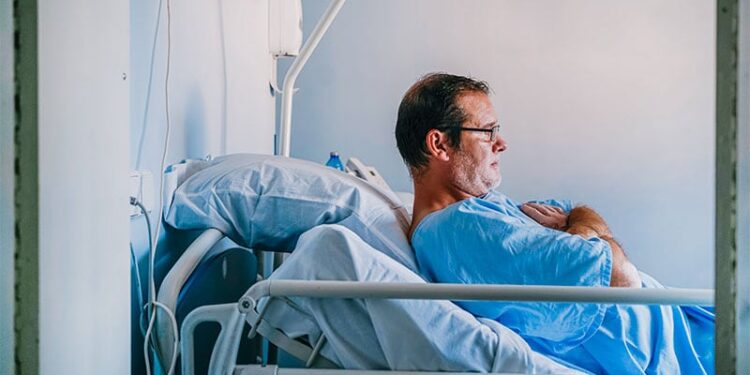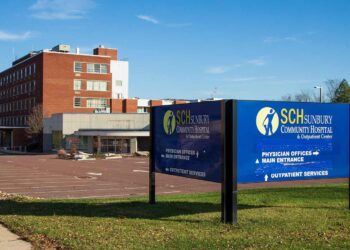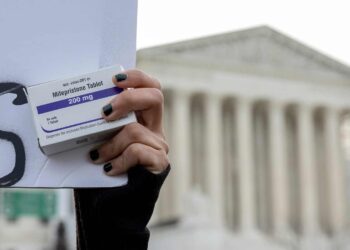TOPLINE:
In-hospital silent asymptomatic graft occlusion following coronary artery bypass grafting (CABG) was associated with an increased incidence of angina-related rehospitalisations and reinterventions after 1 year of follow-up.
METHODOLOGY:
- Silent CABG occlusion occurs in 5%-17% of patients after surgery and often goes undetected due to the absence of any classic signs of myocardial infarction, posing major challenges for diagnosis and management.
- Researchers analysed data from a prospective cohort study including 292 patients (mean age, 67 years; 85% men) who underwent isolated CABG between July 2021 and December 2023 to assess mid-term outcomes in those with early silent CABG occlusion.
- Silent CABG occlusion was defined as occlusion detected using coronary CT before discharge from the hospital and without any clinical signs of perioperative myocardial infarction.
- Patients received standard care, including anticoagulation and dual antiplatelet therapy, after operation and completed follow-up of at least 1 year.
- The primary endpoint was the incidence of angina-related rehospitalisations and coronary revascularisations over a mean follow-up duration of 14.5 months.
TAKEAWAY:
- Silent in-hospital CABG occlusion was identified in 8.5% of patients, and these patients had a longer hospital stay than those without silent CABG occlusion (median, 10 vs 8 days; P < .001).
- Patients with silent CABG occlusion had a higher incidence of angina-related rehospitalisations (28% vs 4.1%; P < .01) and reinterventions (28% vs 2.6%; P < .01) than those without silent CABG occlusion.
- Graft occlusion was associated with a nearly 8.5-fold higher risk for rehospitalisation and a 15-fold higher risk for reintervention (P < .001 for both).
- Overall mortality or rates of major adverse cardiovascular and cerebrovascular events did not differ significantly between patients with and without silent CABG occlusion.
IN PRACTICE:
“Our findings support the routine use of postoperative cCT [coronary CT] angiography to identify silent graft occlusions, which are frequently underdiagnosed with symptom-driven follow-up alone; early detection enables tailored risk stratification, facilitates ischaemia testing when indicated and informs closer surveillance rather than reflexive intervention,” the researchers noted.
SOURCE:
This study was led by Islam Salikhanov, MD, PhD, University Hospital Basel, Basel, Switzerland. It was published online on July 07, 2025, in Open Heart.
LIMITATIONS:
This study was conducted at a single centre. The incidence of silent graft occlusion was 8.5%, which limited the statistical power for subgroup analyses. The exclusion of patients with severe renal issues or iodine-contrast allergies limited the generalisability of the findings.
DISCLOSURES:
This study received funding from the Immanuel and Ilse Straub Foundation. The authors declared having no conflicts of interest.
This article was created using several editorial tools, including AI, as part of the process. Human editors reviewed this content before publication.
Source link : https://www.medscape.com/viewarticle/silent-graft-occlusion-after-cabg-complicates-heart-care-2025a1000iia?src=rss
Author :
Publish date : 2025-07-15 12:00:00
Copyright for syndicated content belongs to the linked Source.













